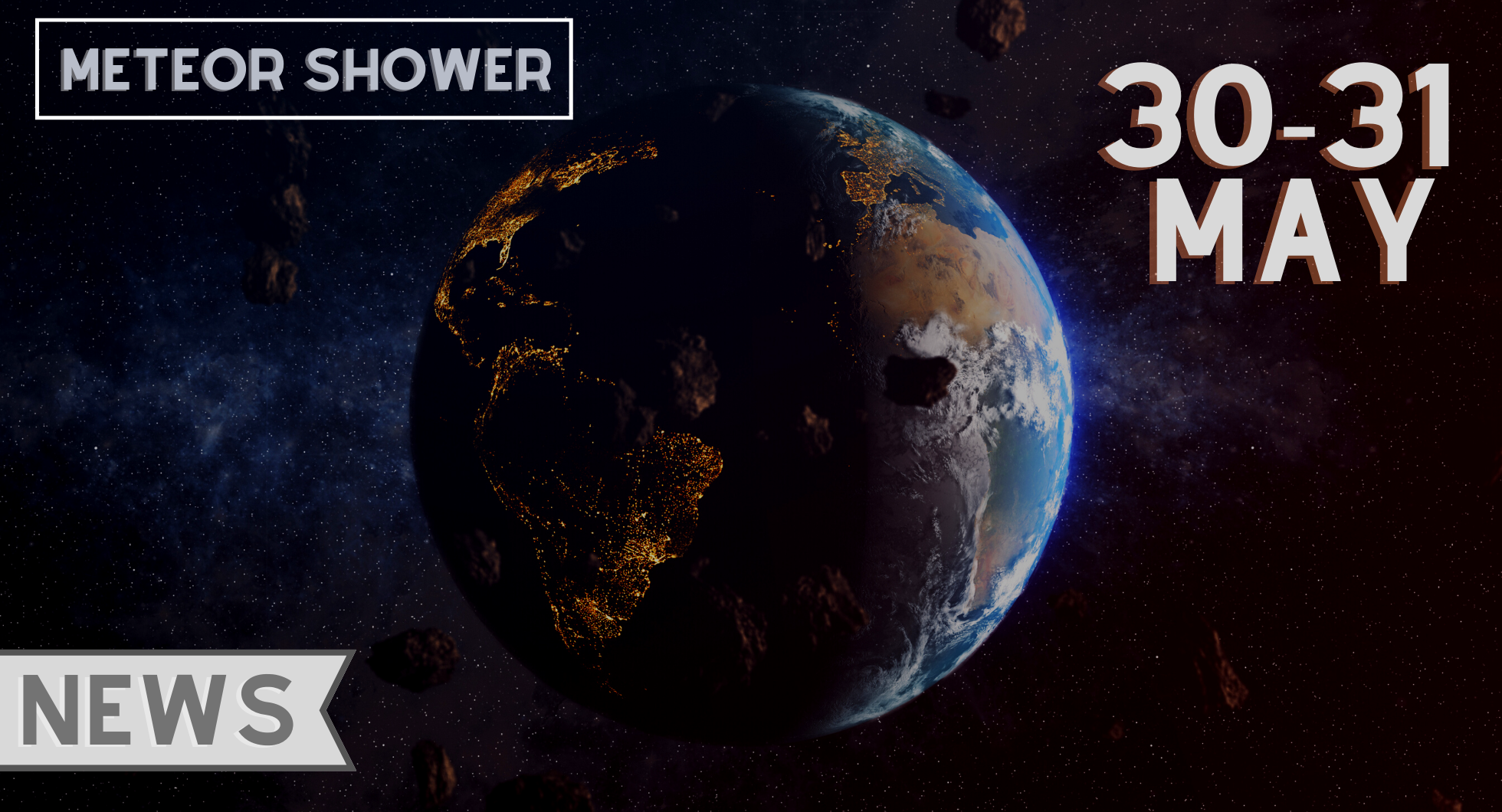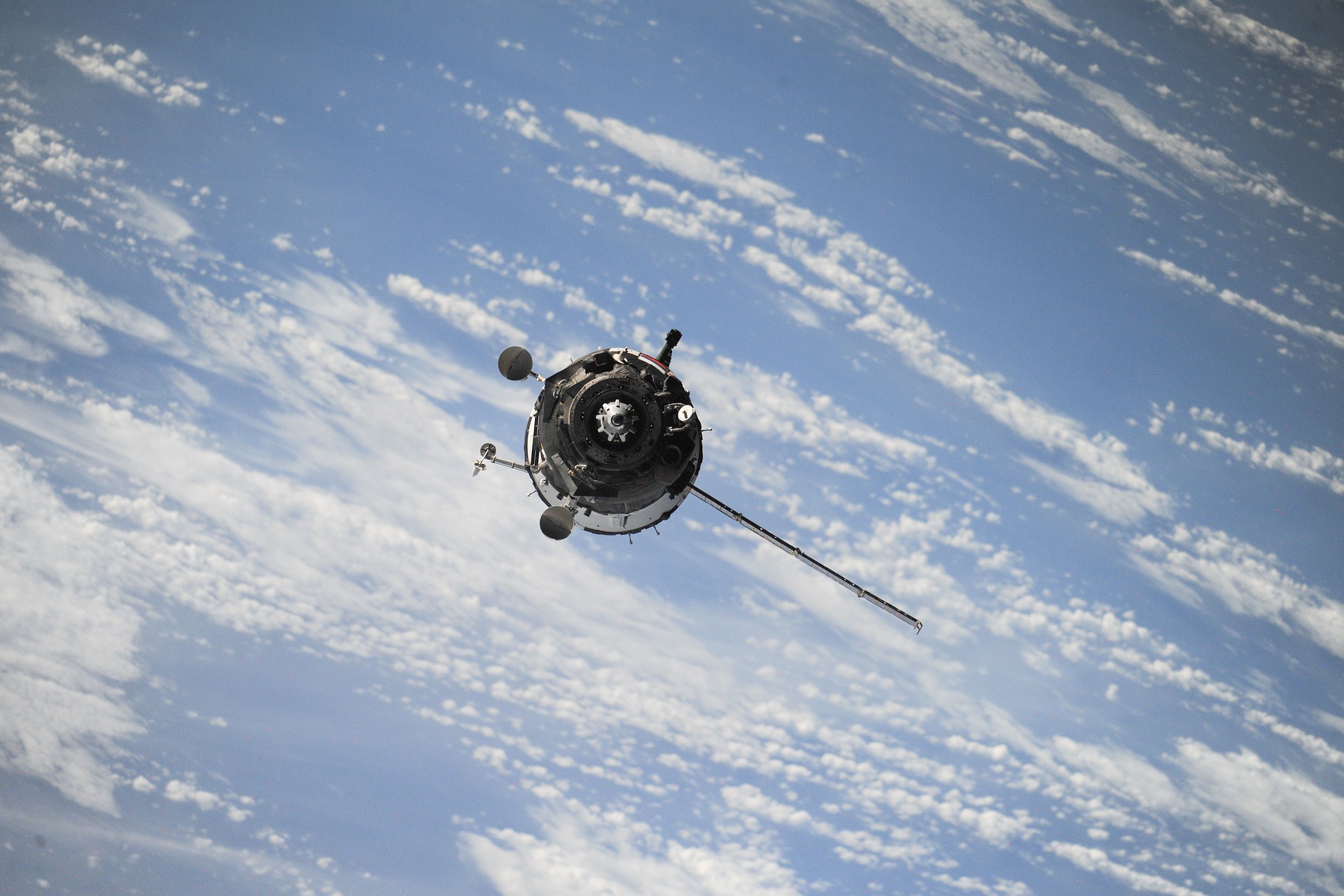Upcoming meteor shower on May 30-31: Where can you observe the event from?

May 30-31, 2022 is the date when there is going to take place an amazing meteor shower that astronomers all around the world are excited to witness. The excitement has sparked a lot of information about the tau Herculids, some of which have been accurate, and some have not.
Though astronomers are excited about meteor showers, sometimes events like this don’t live up to expectations. As an example, it happened with the 2019 Alpha Monocerotid shower.
Meanwhile, some astronomers predict a dazzling display of tau Herculids could be “hit or miss.”
What are meteors?
Meteors are an atmospheric phenomenon. Nasa defines meteors as “a natural phenomenon that occurs when a piece of rock or debris enters Earth’s atmosphere at high speed, burning up due to friction with the air, and creating many fireballs.
This occurs routinely when small particles enter Earth’s atmosphere because of comet trails or asteroid/comet interactions. However, when there are large amounts of such debris entering our atmosphere, they create spectacular showers known as meteor showers.
The Greek word meteoro means “high in the air.”
For some reason, one of the biggest misconceptions about meteors is that they are just shooting stars. They are not stars but rather small pieces of rocks and debris from comets or asteroids. Yet, they can also be dust-like materials that burn up as they pass through Earth’s atmosphere.
A meteor can enter our atmosphere at speeds ranging from 11 miles per second to 24 miles per second (19 km/s to 39 km/s). When a meteor enters our atmosphere, it becomes a meteorite when it hits the ground.
What exactly may happen on 30-31 May 2022?
As mentioned by Nasa, Earth will pass through the debris trails of a broken comet called 73P/Schwassmann-Wachmann, or SW3, on the night of May 30 into the early morning of May 31.
Nasa says they’re encouraging eager skywatchers to channel their inner scientists, and look beyond the headlines.
Nasa says the comet, which broke into large fragments back in 1995, won’t reach this point in its orbit until August.
If the fragments from were ejected with speeds greater than twice the normal speeds—fast enough to reach Earth—we might get a meteor shower.
Spitzer observations published in 2009 indicate that at least some fragments are moving fast enough. This is one reason why astronomers are excited.
If a meteor shower does occur, the tau Herculids move slowly by meteor standards – they will be faint.
Where can we observe the shower from?
Observers in North America under clear, dark skies have the best chance of seeing a tau Herculid shower. The peak time to watch is around 1am on the East Coast or 10pm on the West Coast.
Will the event be hazardous?
Astronomers say the possible meteor shower could be hazardous if you’re in the sky at night, but they stress the risk is small.
Related Readings:
- Meteor fall: A Consistent Threat
- Apophis Asteroid won’t have any Impact on Earth for the next 100 Years
They say if you are outside between 10pm and 3am on May 31, an estimated 10 tau Herculids per hour could enter our atmosphere.
If a meteor flashes upward into space at this speed and altitude—roughly 20 miles high—it would have an estimated one percent chance of injuring those under it. If the meteoroid enters at a slower pace, it would be even less dangerous.
And to further ease your fears, Nasa says that even though there could be debris from 73P/SW3 in our atmosphere – it will be for only several hours.
Astronomers say they can’t be certain what we’ll see, but they can only hope it’s spectacular.
(Source: NASA)
Auto Amazon Links: No products found.


